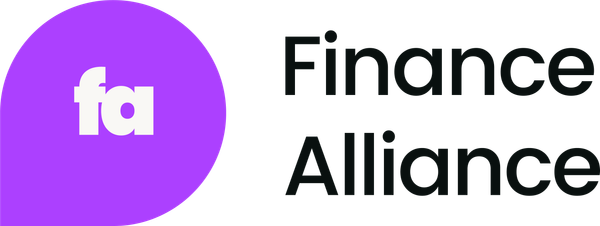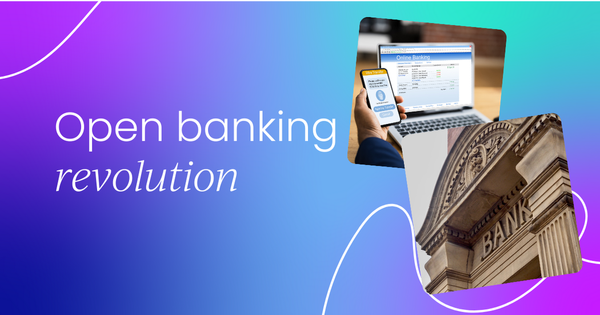The world of banking and finance is on the cusp of a seismic shift, and open banking is leading the charge. This disruptive force is challenging the very foundations of the traditional banking model, paving the way for innovation, competition, and customer-centric experiences.
But what exactly is open banking, and why should you care?
Let's dive into this game-changing phenomenon and explore the opportunities it presents.
At its core, open banking mandates that banks securely share customer data with authorized third-party providers, fostering an ecosystem of collaboration and innovation.
But why the drive for traditional banks to embrace this paradigm shift?
The answer lies in the mounting competitive pressure from fintech companies and non-bank players that have been chipping away at the banking monopoly.
By embracing open banking, traditional banks can retain customers by offering integrated experiences with fintech partners and attract new customers through innovative products and services.
It also creates new revenue streams by monetizing their data and infrastructure through banking-as-a-service (BaaS) offerings. Moreover, regulatory compliance is a driving force, as many jurisdictions introduce open banking regulations requiring banks to share customer data securely.
But the true disruptive potential of open banking lies in its ability to democratize finance. By enabling secure data sharing, open banking empowers fintech companies, non-bank entities, and smaller players to create personalized and innovative financial products and services, breaking the monopoly of traditional banks.

Imagine a world where customers enjoy seamless, unified experiences across different providers, eliminating the need to navigate multiple interfaces. A world where they gain control over their financial data, enabling them to easily switch between providers, increasing competition and forcing banks to improve their offerings.
Open banking also holds the promise of financial inclusion, opening doors for underserved and unbanked populations to access financial services from non-traditional providers. And with access to a broader range of customer data, providers can develop highly personalized and tailored financial solutions, catering to individual preferences and needs.
But how is open banking governed to prevent incumbent banks from simply acquiring potential disruptors?
Open banking frameworks establish governance and oversight mechanisms, promoting fair competition, data security, and consumer protection in the evolving financial landscape. Regulations around data portability, anti-competitive conduct monitoring, and merger and acquisition oversight aim to create a level playing field.
As open banking and BaaS offerings converge, we see opportunities for collaboration and integration. Traditional banks can leverage BaaS platforms to offer their services to non-bank companies, while fintech providers can utilize open banking data to enhance their BaaS offerings. This collision could lead to a more open, integrated, and innovative financial services ecosystem, benefiting both consumers and businesses alike.
In this era of disruption, open banking represents a paradigm shift that challenges incumbents to adapt or risk being outpaced by nimbler, customer-centric players. It's a revolution that democratizes finance, fosters innovation, and puts the power back into the hands of consumers. Embrace the change or be left behind – the choice is yours.




 Follow us on LinkedIn
Follow us on LinkedIn




